Back to Courses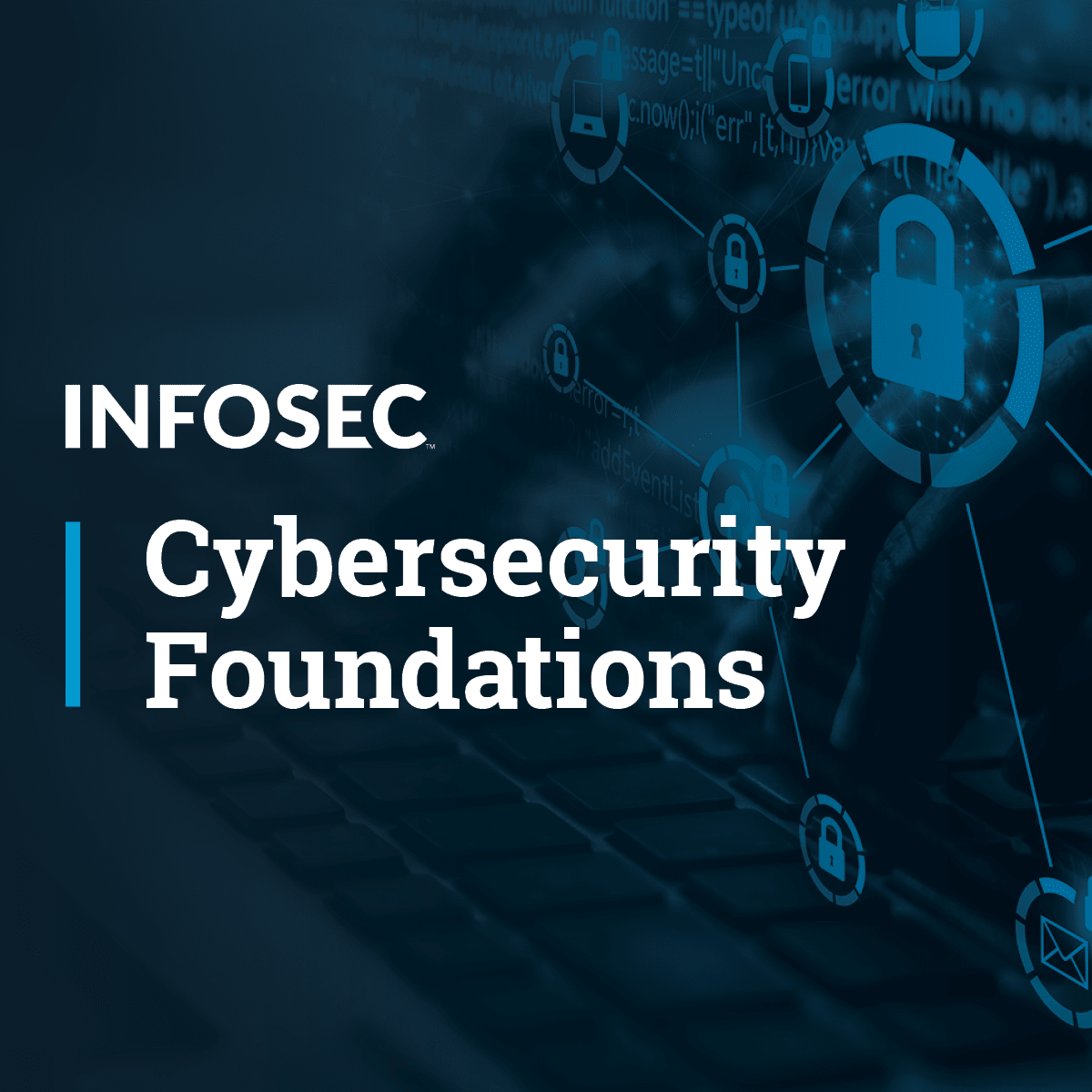

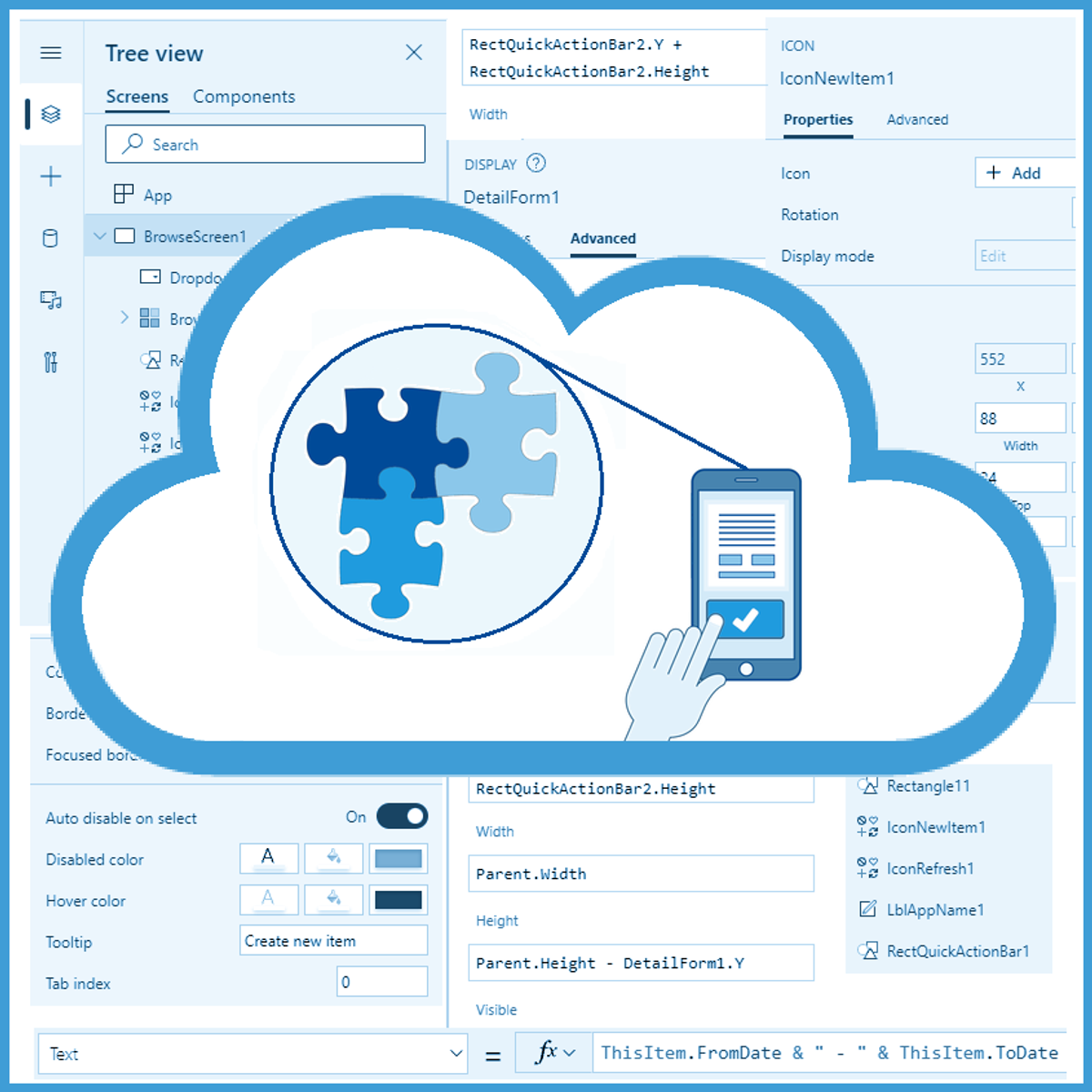

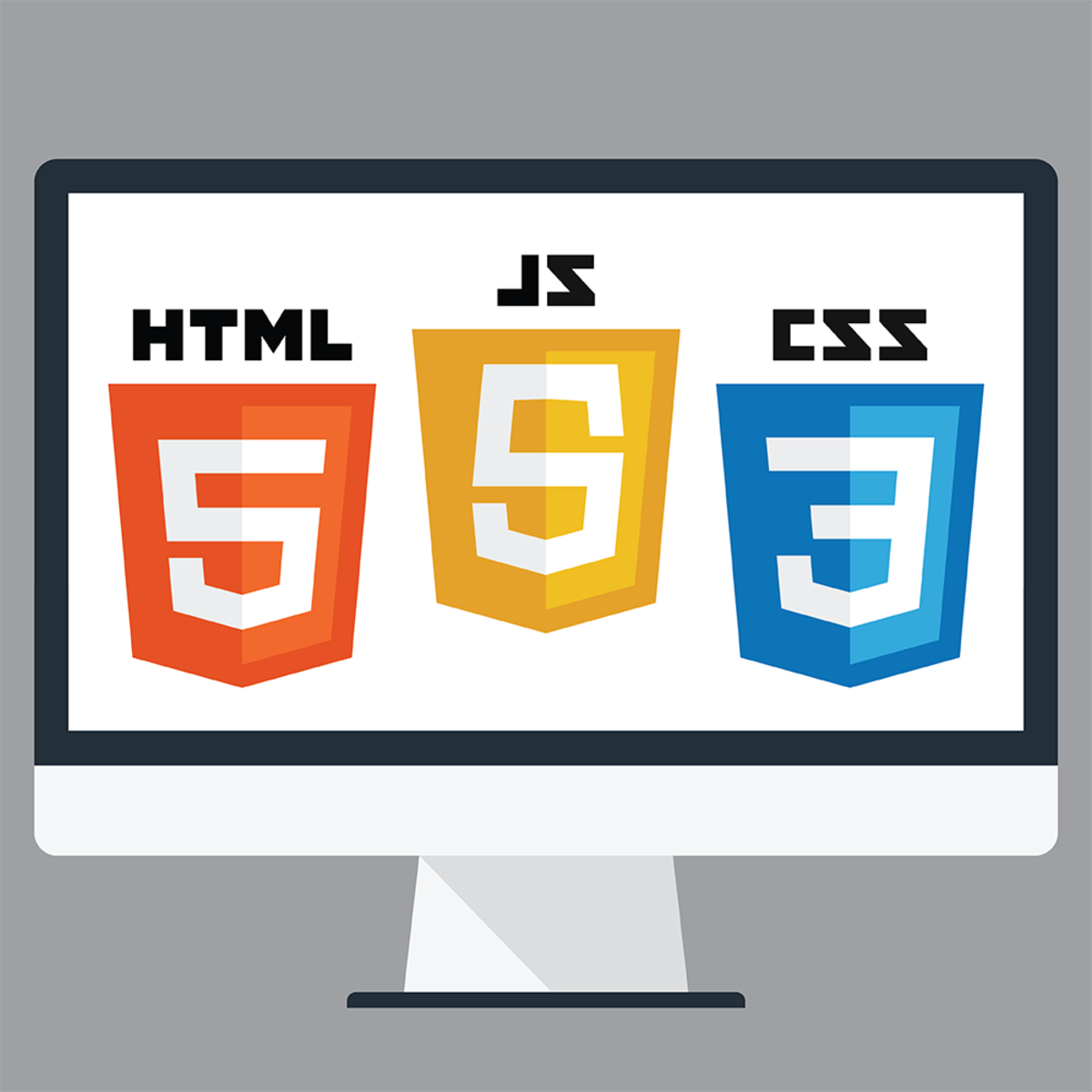
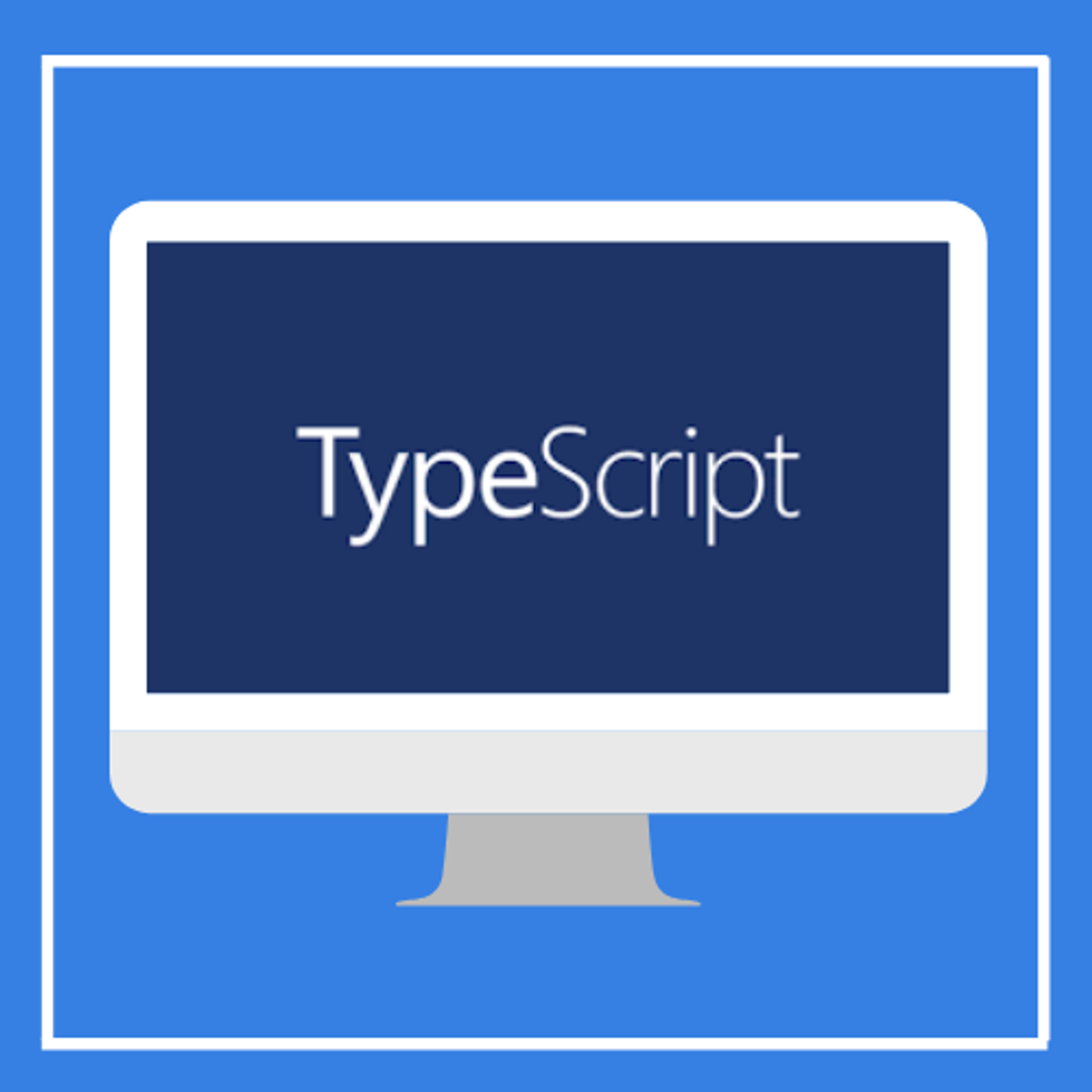
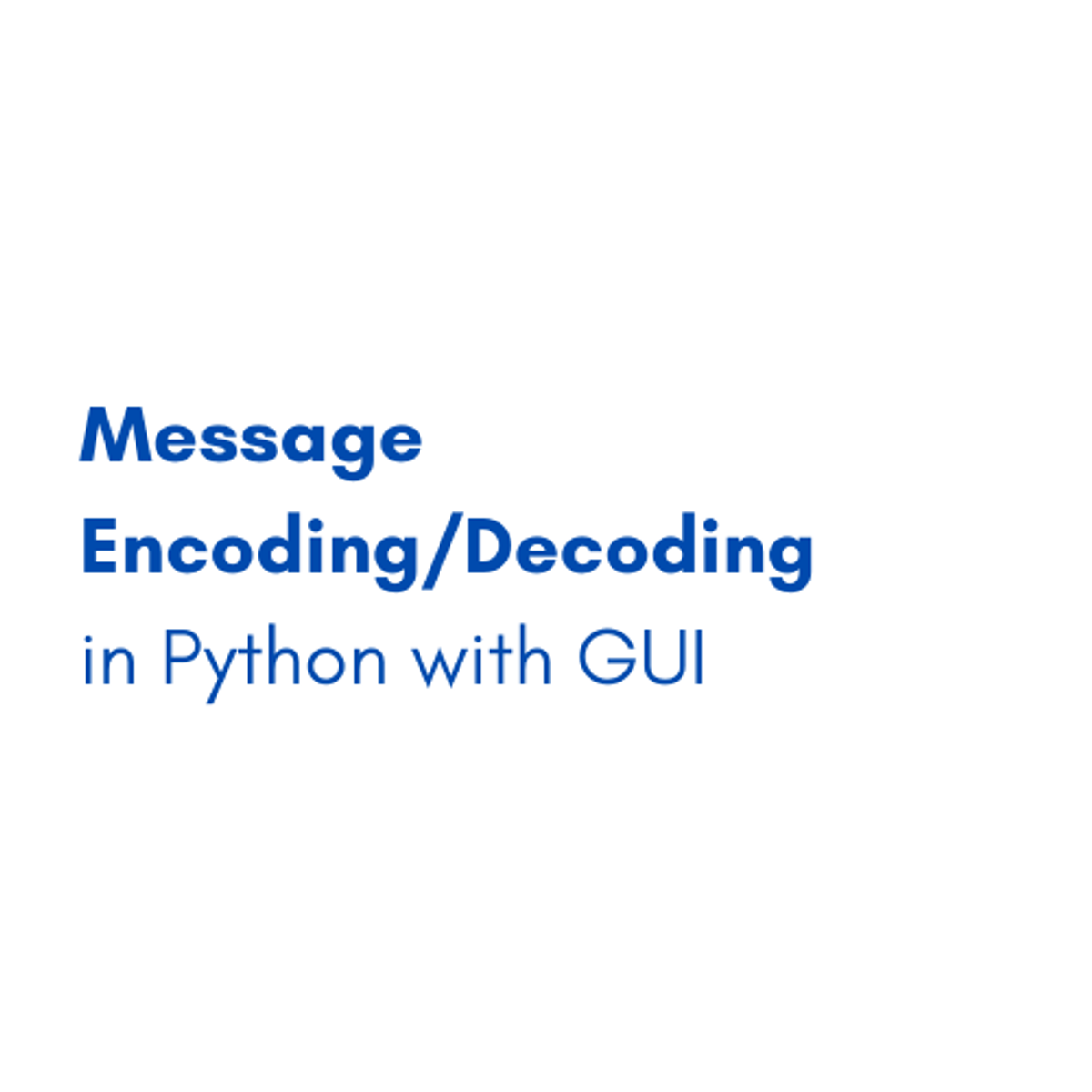


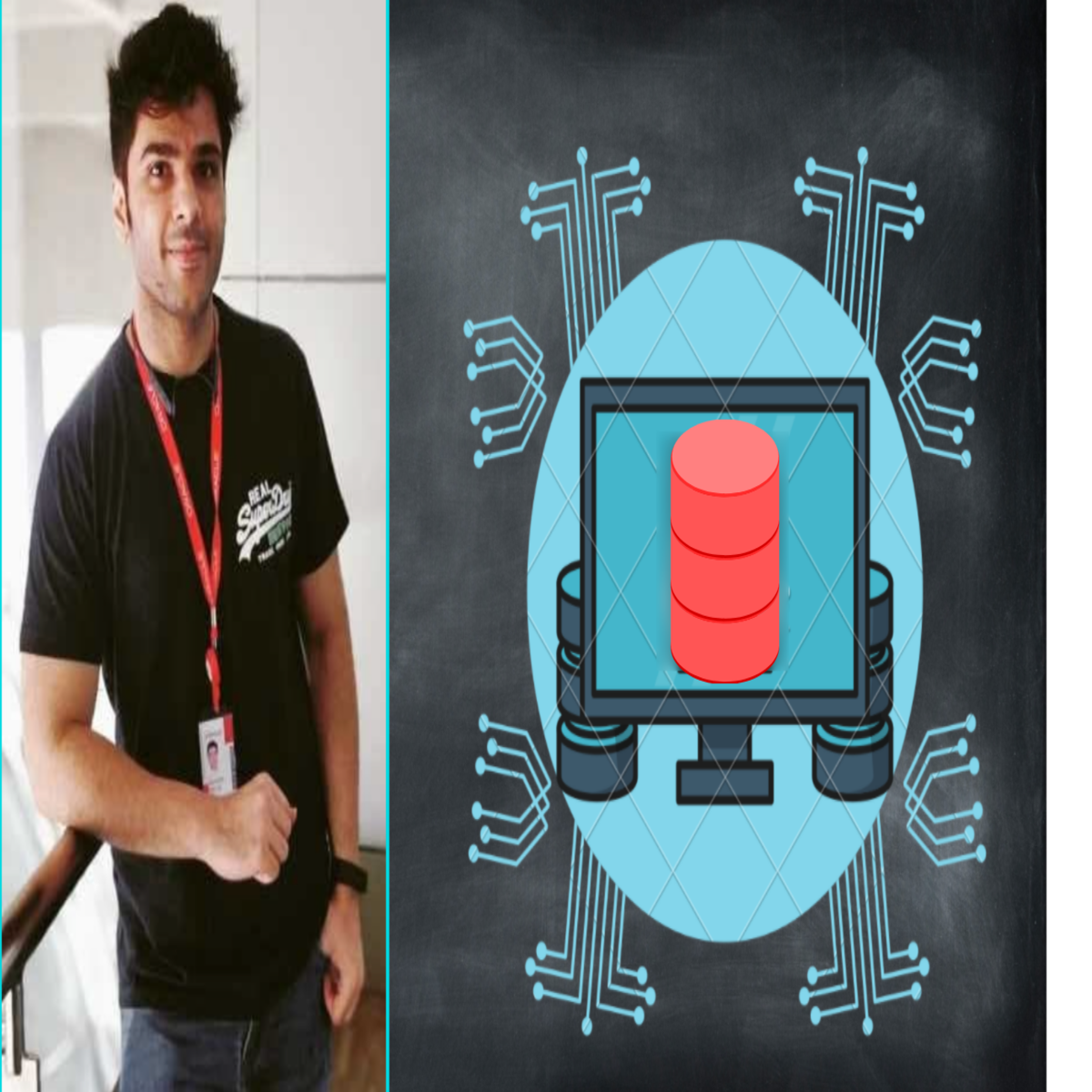
Computer Science Courses - Page 111
Showing results 1101-1110 of 2309

Cybersecurity Policy Foundations
In this course, the learner will get a good look at what policies and frameworks do to keep the cybersecurity industry on-mission and formal. Without this area of cybersecurity, cybersecurity would mean too many people doing too many different things that might not even improve security. Learn how you can have a successful career in cybersecurity without ever touching a command line!

Deploy Your Website on Cloud Run
This is a self-paced lab that takes place in the Google Cloud console. In this lab you will deploy a website to Google Kubernetes Engine, scale it out to more instances, then deploy a new version using rolling updates.

Create Power App for Adding Records to SharePoint List
Most companies have business processes which could be significantly improved by wrapping them in an application and thus making the process unified. So, imagine that we are an employee working with customers and offering them cars for rental or giving them information about each car, from cars’ specifications to the time periods when a car is available for rent. All that can be very complicated and time consuming, no one knows all that information by heart, and we would perhaps need to chase our manager to find out the information customer asked for or search the papers for it. That's why we will use SharePoint and Power Apps to create an application which will give us all that information in just a few seconds.
First, we will create a SharePoint site and set up lists which will be data sources, and then we will learn how to create and set up a Power Apps application to suit our needs. By the end of this project, you will have used SharePoint to create a Site and lists, and used Microsoft Power Apps to create and set up the application which will give us the possibility to read, add and edit data from a SharePoint list.
Security Operations and Administration
Security operations and administration is the task of identifying an organization's information assets and the documentation needed for policy implementation, standards, procedures, and guidelines to ensure confidentiality, integrity, and availability. You will understand the process necessary for working with management and information owners, custodians, and users so that proper data classifications are defined. This will ensure the proper handling of all hard copy and electronic information.
The Security operations and Administration course addresses basic security concepts and the application of those concepts in the day to day operation and administration of enterprise computer systems and the information that they host.Ethical considerations in general, and the (ISC)2 Code of Ethics in particular, provide the backdrop for any discussion of information security and SSCP candidates will be tested on both. Information security professionals often find themselves in positions of trust and must be beyond reproach in every way.Several core principles of information security stand above all others and this domain covers these principles in some depth. It can be said that the CIA triad of confidentiality, integrity and availability forms the basis for almost everything that we do in information security and the SSCP candidate must not only fully understand these principles but be able to apply them in all situations. additional security concepts covered in this domain include privacy, least privilege, non-repudiation and the separation of duties.
Course Objectives
1. Define Code of Ethics
2. Describe the security concepts
3. Document and operate security controls
4. Describe the asset management process
5. Implement compliance controls
6. Assess compliance controls
7. Describe the change management process
8. Contribute to the security awareness training program
9. Contribute to physical security operations

HTML, CSS, and Javascript for Web Developers
Do you realize that the only functionality of a web application that the user directly interacts with is through the web page? Implement it poorly and, to the user, the server-side becomes irrelevant! Today’s user expects a lot out of the web page: it has to load fast, expose the desired service, and be comfortable to view on all devices: from a desktop computers to tablets and mobile phones.
In this course, we will learn the basic tools that every web page coder needs to know. We will start from the ground up by learning how to implement modern web pages with HTML and CSS. We will then advance to learning how to code our pages such that its components rearrange and resize themselves automatically based on the size of the user’s screen. You’ll be able to code up a web page that will be just as useful on a mobile phone as on a desktop computer. No “pinch and zoom” required! Last but certainly not least, we will get a thorough introduction to the most ubiquitous, popular, and incredibly powerful language of the web: Javascript. Using Javascript, you will be able to build a fully functional web application that utilizes Ajax to expose server-side functionality and data to the end user.

TypeScript Variables and Data Types
This project will teach you TypeScript Variables and Data Types by writing and testing TypeScript code using TypeScript Playground. Variables and Data types are one of the core concepts of Typescript programming language.You will learn how to create, declare and assign variables, differences between var, let and const, scope of variables and also learn different Data Types in TypeScript programming.
Note: This course works best for learners who are based in the North America region. We’re currently working on providing the same experience in other regions.

Message Encoding/Decoding in Python with GUI
In this 1-hour long project-based course, you will learn how to secure your information by encoding and decoding the messages. In this project, You’ll be able to create functions in Python that perform encoding and decoding techniques using a common key. Furthermore, You’ll be able to create a Graphical User Interface (GUI) in Python using Tkinter library.
Note: This course works best for learners who are based in the North America region. We’re currently working on providing the same experience in other regions.

Using Cloud Error Reporting to Remediate Workload Issues on GKE
This is a self-paced lab that takes place in the Google Cloud console.
In this lab, you will explore leveraging Cloud Error Reporting to understand the error reports of an application and application issues.

Basic Game Development with Levels using Scratch
By the end of this project, you will create a basic game using additional features with an introductory, web-based coding program called Scratch. Learning to code will allow you to build basic coding or computer science skills and a fundamental understanding in order to grow your programming abilities. Learners will engage in the design process in order to develop an understanding of how to develop algorithms that control programs, use event-driven programming, and debug a program. Introduction to Basic Game Development using Scratch is a prerequisite for this project.
Note: This course works best for learners who are based in the North America region. We’re currently working on providing the same experience in other regions.

Spring Boot with Embedded Database
In this guided project you will be designing an AddToCart Entity of E-Commerce application and along the way, you will learn and understand the basic structure of the Spring Boot application and how to start and terminate the Spring Boot application. Then you will learn about the architecture and concept of the embedded database H2. Then you will learn about how to configure and access embedded database H2 and how to pre-populate data in an embedded database on application start.
By the end of this project, you will be able to design entity classes and will have a fair idea about how entities get mapped to database tables.
